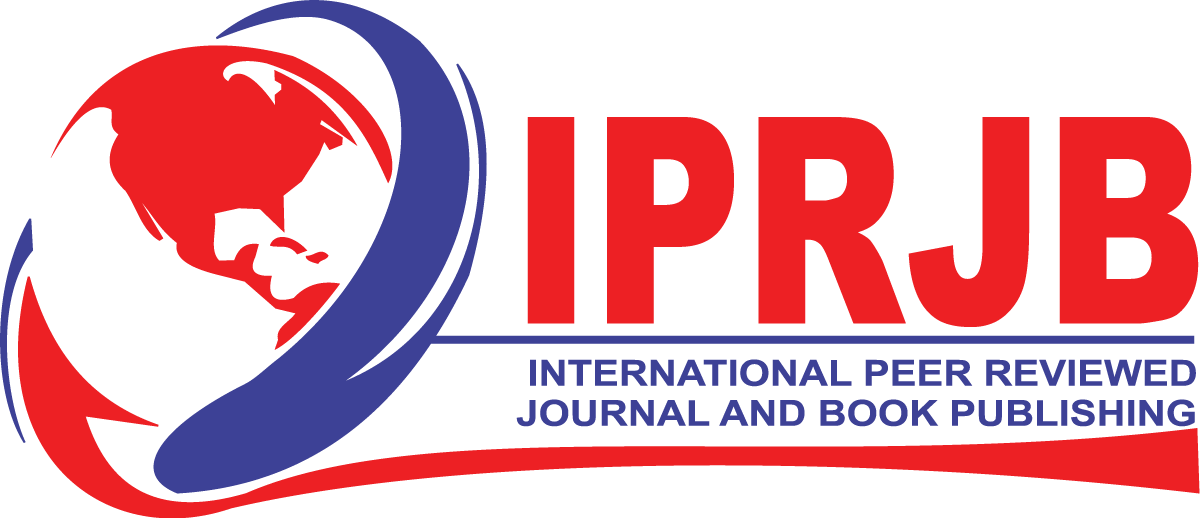Open Access Information and Policy
All articles published by the Journal are made immediately available worldwide under an open-access license. This means everyone has free and unlimited access to the full-text of all articles published in the Journal; everyone is free to re-use the published material if proper accreditation/citation of the original publication is given;
The open-access publication is supported by the authors’ institutes or research funding agencies by payment of a comparatively low Article Processing Charge (APC) for accepted articles.
Permissions
No special permission is required to reuse all or part of an article published by the Journal, including figures and tables. For articles published under an open-access Creative Common CC BY license, any part of the article may be reused without permission, provided that the original article is clearly cited. Reusing an article does not imply endorsement by the authors or the Journal.
Meaning of Open Access
In accordance with major definitions of open access in the scientific literature (namely the Budapest, Berlin, and Bethesda declarations), the Journal defines open access by the following conditions:
Peer-reviewed literature is freely available without subscription or price barriers,
Literature is immediately released in open access format (no embargo period), and
Published material can be re-used without obtaining permission as long as a correct citation to the original publication is given.
Journals started to publish articles under the Creative Commons Attribution License and are now using the latest version of the CC BY license, which grants authors the most extensive rights.
This means that all articles published in the journal, including data, graphics, and supplements, can be linked from external sources, scanned by search engines, re-used by text mining applications or websites, blogs, etc. free of charge under the sole condition of proper accreditation of the source and original publisher. The Journal believes that open-access publishing fosters the exchange of research results amongst scientists from different disciplines, thus facilitating interdisciplinary research. Open-access publishing also provides access to research results to researchers worldwide, including those from developing countries, and to an interested general public. Although the Journal publishes all of its papers under the open-access model, we believe that open access is an enriching part of the scholarly communication process that can and should co-exist with other forms of communication and publication, such as society-based publishing and conferencing activities.
Important Note: some articles (especially Reviews) may contain figures, tables or text taken from other publications for which the Journal does not hold the copyright or the right to re-license the published material. Please note that you should inquire with the original copyright holder (usually the original publisher or authors), whether or not this material can be re-used.
Advantages of Open Access for Authors
The High Availability and Visibility of our open-access articles are guaranteed through the free and unlimited accessibility of the publication over the Internet. Everyone can freely access and download the full text of all articles published with the Journal: readers of open-access journals, i.e., mostly other researchers, do not need to pay any subscription or pay-per-view charges to read articles published by the Journal. Open-access publications are also more likely to be included in search engines and indexing databases.
The Higher Citation Impact of open-access articles results from their high publicity and availability. Open-access publications are demonstrably more frequently cited.
